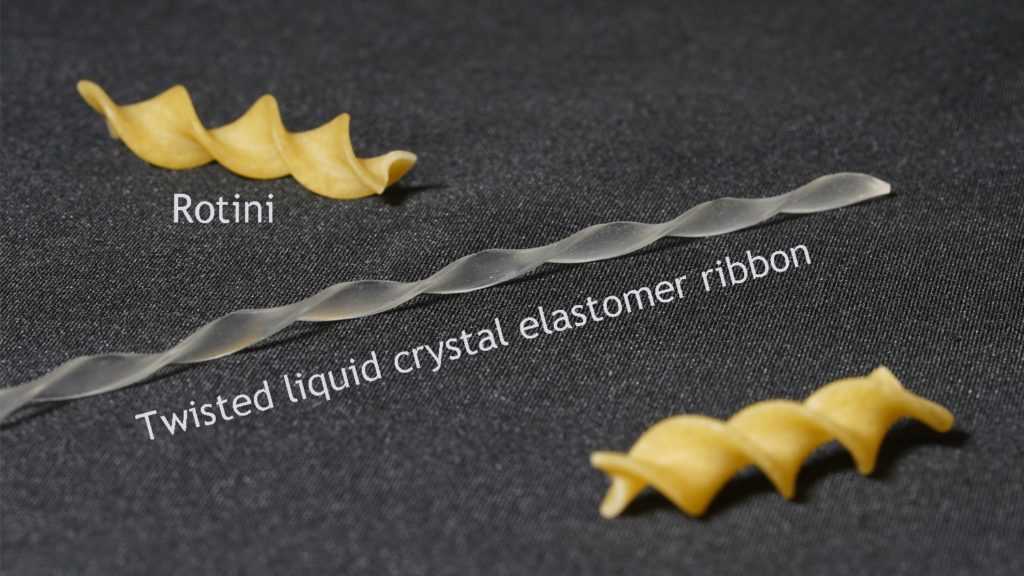
Though autonomy in robotics constructed of soft materials is essential, creating autonomous soft robots that can intelligently interact with and adapt to changing environments without external controls remains challenging. Such robots usually require a soft, brain-like command center that integrates on-board sensing, control, computation, and decision-making.
In a recent paper published in the Proceedings of the National Academy of Sciences (PNAS), researchers from the University of Pennsylvania and North Carolina State University (NC State) have developed soft robots that are capable of navigating complex environments, such as mazes, without input from humans or computer software. Shu Yang, Joseph Bordogna Professor and chair of the Department Materials Science and Engineering, co-authored the paper.
Yang is an expert on the properties of liquid crystal elastomers, the material the the soft robots are made of. Thanks to those properties and their shape — a twisted ribbon resembling translucent rotini — the robots demonstrate a concept that senior author Jie Yin, associate professor of Mechanical and Aerospace Engineering at NC State, refers to as “physical intelligence:” structural design and smart materials are what allow the soft robot to navigate various situations, rather than computational intelligence.
When you place the ribbon on a surface that is at least 55 degrees Celsius (131 degrees Fahrenheit), which is hotter than the ambient air, the portion of the ribbon touching the surface contracts, while the portion of the ribbon exposed to the air does not. This induces a rolling motion in the ribbon. The warmer the surface, the faster it rolls.
Placed in a maze, the robot uses a series of rotations and “snaps” — when the center part of the ribbon flexes after encountering an object, causing the robot to jump and reorient itself — to navigate its way out.
“Jie Yin and I have collaborated on many projects, and last summer he approached me about a liquid crystal elastomer project they were working on,” Yang says. “They found very interesting rolling behaviors and were wondering about the science behind it.”
“I noticed the snapping behaviors,” she says, “which are different from the typical twisting and untwisting behaviors that are due to the shrinkage of the material. If the helices only twist and untwist, they wouldn’t be able to bounce and move, but this snapping provides elastic energy to the helix when in contact with an obstacle, allowing it to bounce and become ‘autonomous.'”
The robot’s ability to navigate maze-like environments highlights the seemingly endless opportunities to utilize it in complex, unstructured settings such as roads and harsh deserts, which can include harvesting heat energy from natural environments.
Read the paper, “Twisting for soft intelligent autonomous robot in unstructured environments,” at PNAS, and “Twisted Soft Robots Navigate Mazes Without Human Or Computer Guidance” at NC State news.
